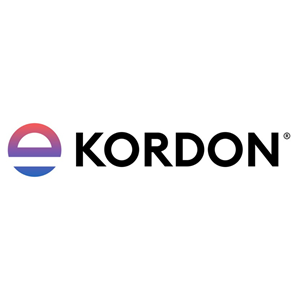Termite Baiting by Wendell Arnett, Territory Business Development Manager at Envu
There are approximately 300 known species of termites found throughout Australia. Most termites are beneficial to the eco-system through recycling dead and rotten timber and other plant matter as a food source. However, as pest managers, some of the most common species we encounter that cause damage to timber in service are the subterranean termites; Coptotermes, Mastotermes, Hetrotermes, Schedorhinotermes and Nasutitermes species.
These termites are responsible for more economic loss than all the other Australian species combined. They can survive in large cities and towns causing severe damage to buildings and property, leading to a significant financial loss for the building owners. It is estimated the annual cost of termite damage to buildings in Australia exceeds $100 million, whilst the cost of termite management is estimated around $20 million. Over the past 30 years or so managing termites has relied upon highly toxic repellent organochlorine insecticides such as Heptachlor, Aldrin, and Dieldrin. However, these chemicals were withdrawn around 1995.
Around the same time, Premise 200 SC Termiticide was launched onto the market and it was the first of the non-repellent termiticides that was introduced in Australia. This product was a game-changer for the pest control industry due to its improved environmental risk and product safety profile for the consumer as well as the pest control operator. These days most pest managers understand and appreciate the benefits of the non-repellent termite technologies on the market, however, these types of chemical treatments still require a large amount of chemical to be applied to the foundations of the family home, which can still be interpreted by some home-owners as not being environmentally responsible or safe for their families.
Back in the ‘70s, long before the removal of the organochlorine insecticides, other alternative strategies for controlling termites in buildings were also being developed. One of these strategies being considered was termite baiting. The studies from the CSIRO showed that bait boxes were wooden boxes filled with corrugated cardboard and wood strips cut from the Ash and Eucalyptus trees. The principle of baiting techniques is to have a susceptible substance in an aggregation device on which the termites aggregate and continue to feed once they have found the bait station.
Early baiting systems used arsenic dust to achieve termite control. Utilising social behaviour, such as grooming and feeding through trophallaxis, the termite colony would receive a lethal dose of the toxicant resulting in death and possible colony elimination. Unfortunately, the biggest issue with this method was that arsenic trioxide killed the termites too quickly before being able to pass on any of the toxicant to the colony. It wasn’t until the arrival of a triflumuron-based bait that arsenic could be replaced by this new product. Triflumuron was the first of the benzoylurea compounds classed as chitin synthesis inhibitors (CSIs). The non-repellent nature of Chitin Synthesis Inhibitors coupled with their slow mode of action and excellent safety profile, allowed the modern bait market to develop within Australia.
Traditional liquid chemical treated zones has been the treatment of choice by most professional pest managers. However, working with industry professional and pest managers we launched the Agenda® Termite Baiting System containing chlorfluazuron, a chitin synthesis inhibitor (CSI). The active ingredient is impregnated to an alpha cellulose bait matrix which the termites feed on and ingest without detecting it. This method ensures the active ingredient is passed throughout the whole colony resulting in colony elimination.
There are times where a traditional chemical barrier or treated zone cannot be implemented due to the construction of the building or site limitations. In these situations, a termite baiting system such as Agenda is the ideal choice. CSI-based baiting systems has enabled the pest controller to possibly gain whole colony control even when a nest cannot be located.
When a homeowner discovers they have a termite infestation it can be a very stressful situation. It is our job as professional pest managers to provide the most effective treatment options and offer a suitable treatment plan. Sometimes, the job at hand may not be suitable to implement a full chemical option or even a full baiting system installation. A termite baiting system such as Agenda gives the pest manager a choice of options that can be fully utilized. All the Agenda componentry can be purchased separately, making it ideal in a situation where only above ground baiting is possible, by feeding the termite at the activity point.
Gaining colony control by termites feeding at the activity point is an advantage over a liquid chemical treated zone. However, before installing any bait system you need to be clear in your communication with the customer and set your customer’s expectations. To do this we recommend you use a 12-month contract outlining all the work to be carried out over that timeframe and explain that the baiting process may take several weeks or even months, depending on the termite species, colony size and the time of year. To achieve the best results that you and your customer desire, it is not the “quick fix” but often the “best fix” – especially for those customers who have had previous chemical treatment failures.
This approach will also show the customer that you are a true professional because you are providing all the necessary information required to make an informed decision on termite protection for the home. This communication builds trust between yourself and your customer, making the business the right choice over the pest control company that simply gives a lower quote on paper, with no substance or professionalism.

